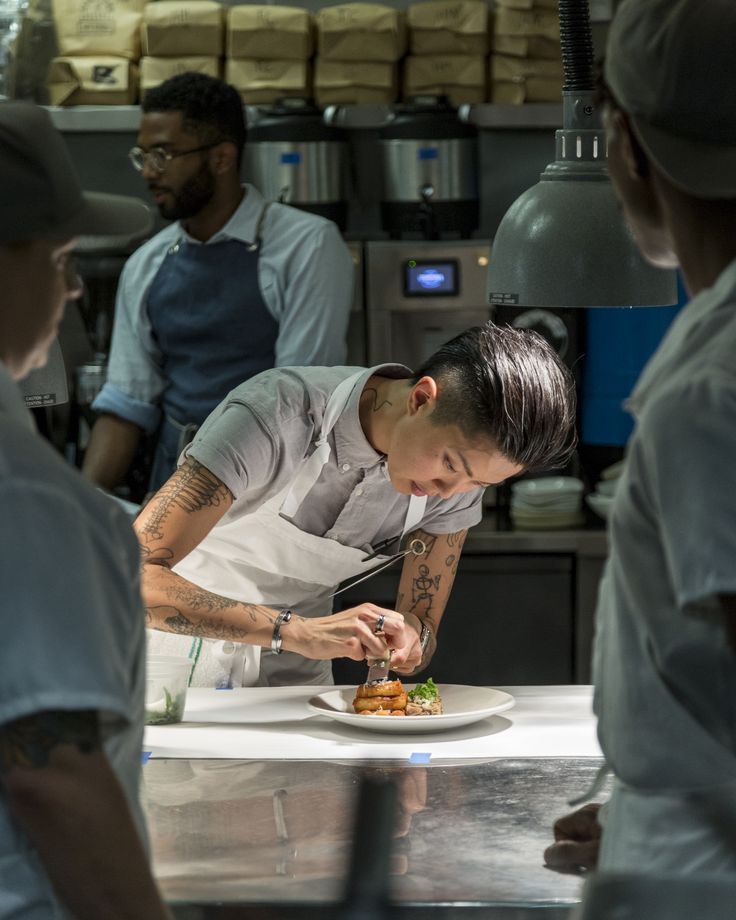Welcome back to our food photography series! In our previous posts, we’ve covered a wide range of topics, from composition in food photography, to lighting in food photography. Today, we’ll explore advanced techniques that will take your food photography to the next level and make your photos truly stunning.
8 Food Photography Techniques
1. The Art of Storytelling
Great food photography tells a story. Whether you're capturing a recipe step-by-step or showcasing a completed dish, use images to engage the viewer and tell a visual narrative.
- Sequence Shots: Show the progression of a recipe by capturing various stages of preparation and cooking.
- Action Shots: Add movement and energy to your photos by capturing the moment ingredients are tossed in a pan or a drizzle of sauce cascades over a dish.
- Human Element: Include the hands of a chef or the interaction of diners to make your photos more relatable and engaging.
2. Depth and Texture
Creating depth and texture in your food photos adds an element of realism and makes the dish appear more enticing.

- Layering: Experiment with layers in your composition to add depth and dimension.
- Close-ups: Capture extreme close-ups to highlight intricate details, such as the texture of a crispy crust or the glistening surface of a sauce.
- Texture Contrast: Showcase the contrast between smooth and rough textures in your dishes.
3. Negative Space

Negative space is the empty space around your subject and can be a powerful tool in food photography.
- Minimalism: Use negative space to emphasize the simplicity and elegance of a dish.
- Isolation: Isolate your subject within a sea of negative space to create a striking focal point.
- Balance: Balance the subject and negative space to create a harmonious composition.
read more about food photography techniques
4. Advanced Lighting

Mastering advanced lighting techniques can dramatically improve the quality of your food photos.
- Backlighting: Use backlighting to create a soft, ethereal glow around your subject, emphasizing its shape and texture.
- Rim Lighting: Add rim lighting to highlight the edges of your dish, making it stand out from the background.
- Light Painting: Experiment with light painting by using a small handheld light source to selectively illuminate parts of your dish.
5. Color Psychology

Understanding the psychology of color can help you evoke specific emotions and appetites with your food photos.
- Color Harmony: Create color harmony by selecting a color palette that complements the dish.
- Color Contrast: Use complementary colors or contrasting hues to make the food pop and create visual interest.
- Food Pairing: Match colors in your composition to the dish's ingredients to create a visually appealing connection.
6. Play with Shadows

Shadows can add drama and intrigue to your photos:
- Hard Shadows: Experiment with hard shadows for a bold, high-contrast look.
- Soft Shadows: Soft, diffused shadows can add a gentle and inviting ambiance.
- Side Lighting: Change the direction of the light source to create different shadow patterns.
7. Creative Props

Challenge your creativity with unconventional props and styling elements:
- Textures: Use unexpected textures, like fabric or unusual tableware, to create visual interest.
- Unconventional Elements: Incorporate unconventional props that add intrigue and whimsy to your photos.
- Scale: Play with scale by using props that are either oversized or miniature to create a unique visual effect.
8. Post-Processing
Advanced post-processing can refine your images further:
- Composite Images: Combine multiple shots to create a single, stunning image that showcases various elements of your dish.
- Selective Color Correction: Fine-tune color balance and saturation to create a harmonious and appetizing look.
- Focus Stacking: Use focus stacking to achieve perfect focus on all elements of your composition, even when shooting with a shallow depth of field.
Keep Practicing and Innovating
Advanced food photography techniques take time and practice to master. Don't be afraid to push your boundaries, experiment, and continue refining your skills. As you explore these advanced techniques, you'll elevate your craft and create food photos that leave viewers truly captivated.
Now go pick up your cameras and hit that shutter button!!!


